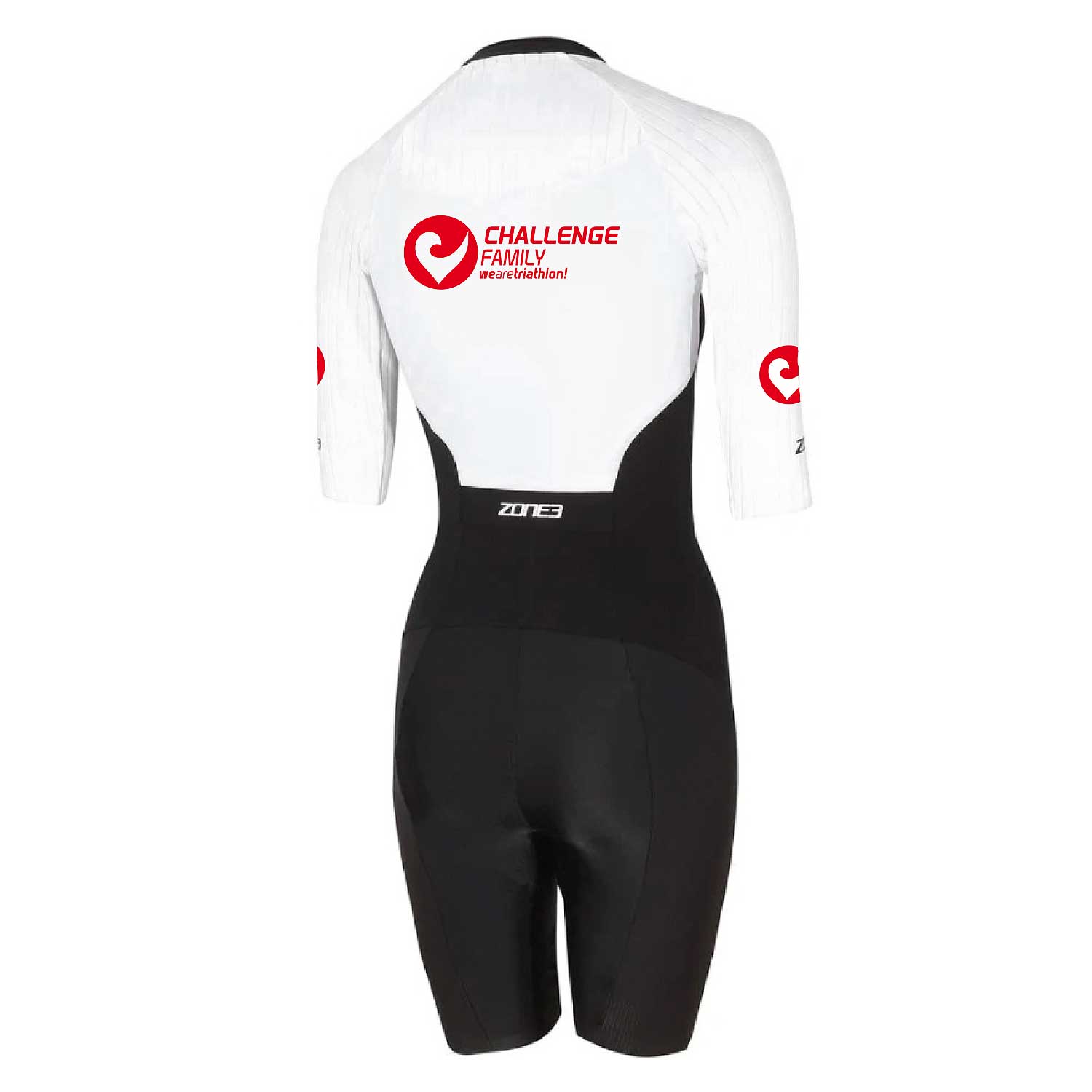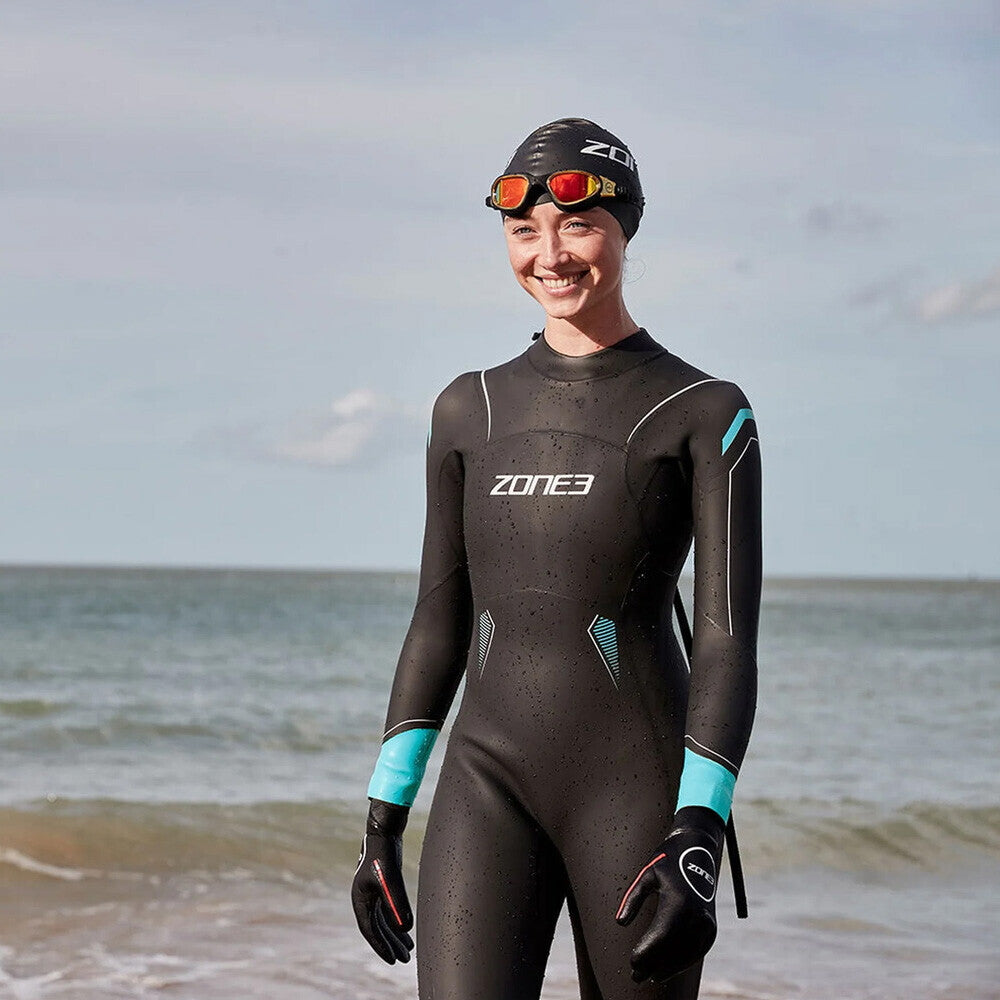Fällt es dir leicht, dir deine Bewegungsabläufe vorzustellen? Kannst du durch das Visualisieren deine Körperabläufe spüren? Hast du von deinen Zielen klare und detailgenaue Bilder in deinem Kopf? Na, dann brauchst du ja gar nicht weiterlesen ;-) Falls du doch weiterlesen möchtest, lade ich dich herzlich zum Training ein. Allerdings weniger zum Schwimmen, Radfahren, Laufen und Stabitraining, sondern zum Visualisieren.
Nebenbei bemerkt, mein absolutes Lieblingsthema – denn wie mein Vorbild Einstein schon erkannt hat: Fantasie ist wichtiger als Wissen, denn Wissen ist begrenzt. Viel Spaß beim Trainieren!
Das Warm-up
Zum Aufwärmen eignen sich Kippbilder: das sind Bilder, die zwei unterschiedliche Varianten oder Perspektiven bereithalten. Solche Fotos werden gerne in der Psychologie eingesetzt, um die Wahrnehmung zu testen. Gib einfach mal in deiner Internetsuchmaschine den Begriff „Kippbilder“ ein und dann wirst du sicher ganz schnell fündig. Ich übe gerne mit Quadern, die du durch Konzentration zwischen zwei Perspektiven „switchen“ kannst: entweder zeigt die vordere Ecke zu dir oder sie geht in die Tiefe. Versuche möglichst schnell die Perspektiven zu wechseln.
Nun stell dir in Gedanken bestimmte Gegenstände vor, z.B. dein geliebtes Rennrad. Schau es dir Gesamt und in allen Details an: die Farbe, das Design, deinen Lenker, die Schaltung, deinen Sattel, deine Kurbel, deine Laufräder, deinen Zahnkranz, vielleicht klebt da noch eine Startnummer von deinem letzten Wettkampf usw.
Auch könntest du dir verschiedene Farben vorstellen und die jeweilige Farbe kräftiger werden oder verblassen lassen. Es gibt immer wieder Menschen, die sagen: „Das kann ich nicht!“. Dann frage ich sie, ob sie sich z.B. eine grüne Wiese vorstellen können oder eine rote Erdbeere – was immer zum Erfolg führt. Also: Falls die Farben alleine nicht funktionieren, such dir markante Gegenstände, die für diese Farbe stehen. Wenn du das Bild hast, dann blicke in Gedanken nur auf die Farbe und konzentriere dich auf sie.
Perspektive wechseln
Nach dem Warm-up gehen wir in das Wechseln der Perspektive von intern nach extern: erst stellst du dir vor, wie du den Bewegungsablauf aus deiner inneren Sicht ausführst und dann gehst du nach außen. Stell dir zum Beispiel vor, wie du beim Schwimmen deine Technikübungen absolvierst und du gerade an deinem hohen Ellenbogen arbeitest. Du nimmst den kompletten Bewegungsablauf als selbst „Schwimmender“ wahr. Es ist dafür leichter, wenn du dir zuerst nur den Ablauf eines Armes vorstellst, bevor du die anderen Elemente wie Kopfhaltung, Rumpfspannung, Beinarbeit und natürlich die Bewegung des anderen Armes hinzunimmst.
Danach gehst du in die externe Perspektive und stellst dir vor, wie du dich von außen beobachtest, was dir auffällt und, ob du dich ggf. korrigieren möchtest. Je besser du trainiert bist, desto leichter wird es dir fallen, die Perspektiven hin und herzuwechseln.
Bodyscan
Nun gehen wir intensiver in die Körperwahrnehmung, z.B. beim Laufen. Stell dir vor, wie du läufst und scanne dich dabei von unten bis oben ab, vor allem was du spürst. Wie ist dein Fußaufsatz? Wie fühlt sich der Boden an? Wie ist dein Kniehub? Wie arbeitet dein Rumpf? In welcher Haltung schwingen deine Arme? Was macht dein Kopf? Was denkst du? Wie geht es dir? Wie fühlen sich deine Muskeln und deine Kraft an? Was schmeckst du? Was spürst du auf deiner Haut? Vielleicht Wind? Oder Wärme? Was macht dein Atem?
Je besser deine Wahrnehmung von deinem Körper und deine Vorstellungskraft ist, desto besser kannst du nicht nur Bewegungsabläufe steuern, sondern dir auch deine positiv abgespeicherten Bilder herholen. Vielleicht fragst du dich, warum du dir vorstellen sollst, was du schmeckst oder riechst. Gerade bei einer Langdistanz, die oft mit der passenden Ernährung steht und fällt, kannst du dich im Vorfeld schon motivieren, in dem du dich jedes Mal auf deinen nächsten Abschnitt in deinem Ernährungsplan freust und dir vorstellst, wie sehr dir dieser wohlschmeckende Nachschub Kraft und Energie gibt. Auch der Geruchsinn spielt eine große Rolle. Ich denke da z.B. an diesen typischen „Wettkampfgeruch“ vor dem Start. Diese Mischung aus dem Geruch des Sees, des Neoprenanzugs, die Wärme- oder Sonnencremes usw.
Auditives Imaginieren
Wir haben nun schon fast alle unserer Sinne mit den vorhergehenden Übungen angesprochen (wie wichtig es ist, alle Sinne anzusprechen, habe ich in meinem letzten Beitrag über das Visualisieren generell beschrieben). Nun trainieren wir unsere auditive Imaginationsfähigkeit. Gerade das Auditive sollte man neben dem Visuellen nicht unterschätzen. Aus der Wissenschaft wissen wir, was u.a. ausgewählte Musikstücke mit unserer Stimmung machen, weil sie unmittelbar auf unsere Emotionen über unser limbisches System wirken. Da wir aus Studien wissen, dass Hören ein sehr komplexer Vorgang im Gehirn ist und es wenige Menschen gibt, die nur über das Hören gut lernen können, gehen wir beim Trainieren vom Einfachen zum Komplexen. Das heißt, stell dir z.B. beim Zieleinlauf alle Hörelemente zu Beginn einzeln vor: erst hörst du den Sprecher oder die Sprecherin, dann konzentrierst du dich auf die Geräuschkulisse der Zuschauer, das Klatschen, die Trommeln und Ratschen, dann hörst du deinen Atem und dann deine Schritte am Boden. Wenn du alle Einzelteile hast, setzt du alles zusammen und hörst den Zieleinlauf mit all seinen Elementen – und du wirst feststellen, dass es gar nicht so leicht ist, sich alles gleichzeitig vorzustellen. Aber das macht nichts, von einem Mal Laufen gehen, läuft man auch keinen Marathon :-)
Zusammensetzen & Ziele einbauen
Nachdem du nun alle Einzelteile, Sinne und Perspektiven fleißig trainiert hast, kannst du alles zusammensetzen und dir den Wettkampf in seiner ganzen Komplexität vorstellen u.a. das Wechseln, wo jeder Handgriff sitzen muss, um Zeit zu sparen. In deinem Kopf kannst du dir den Ablauf erst einmal langsamer vorstellen, bis alles rund läuft und dann die Geschwindigkeit steigern.
Bisher waren das alles Vorstellungen von Dingen und Abläufen, die dir bekannt sind. Da wir uns ja weiterentwickeln wollen, heben wir unsere Vorstellungskraft auf eine neue Ebene und verbinden sie mit unseren Zielen. Das heißt: Wir stellen uns Dinge vor, die wir noch nicht erlebt haben, z.B. bestimmte Anstiege mit einer höheren Wattzahl hochzufahren. Stell dir dabei genau die Werte auf deiner Anzeige vor, konzentriere dich auf die Kraft aller Muskelbereiche, die beteiligt sind und deine Atmung, die den Sauerstoff in alle wichtigen Bereiche transportiert. Verfeinere in Gedanken deinen runden Tritt usw. – und das Gute ist: du kannst das jederzeit machen, u.a. in der S-Bahn, in der Mittagspause, in der Warteschlange oder wo immer du willst. Und nicht vergessen: Unser Gehirn lernt durch Wiederholung.
Ganz wichtig!
Sobald in deiner Vorstellungskraft negative Bilder hochkommen, ersetze sie gleich durch Positive. Ein Beispiel: Du möchtest deine Körperhaltung beim Laufen verbessern und dir fällt sofort dein letzter Lauf ein, der ganz schrecklich war, weil du dich so schaffischlapp gefühlt hast. Krame also in deiner Bilderdatenbank nach einem Lauf, der dir positiv in Erinnerung ist und nimm diesen zum mentalen Trainieren





















1 Kommentar
Daniela Notthoff
Moin Moin, wundervoll geschrieben ,beim bewussten Laufen geschehen die Beschreibungen fasst automatisch, interessant finde ich ,dieses mentale System auf andere Bereiche zu fokussieren ,Sport frei